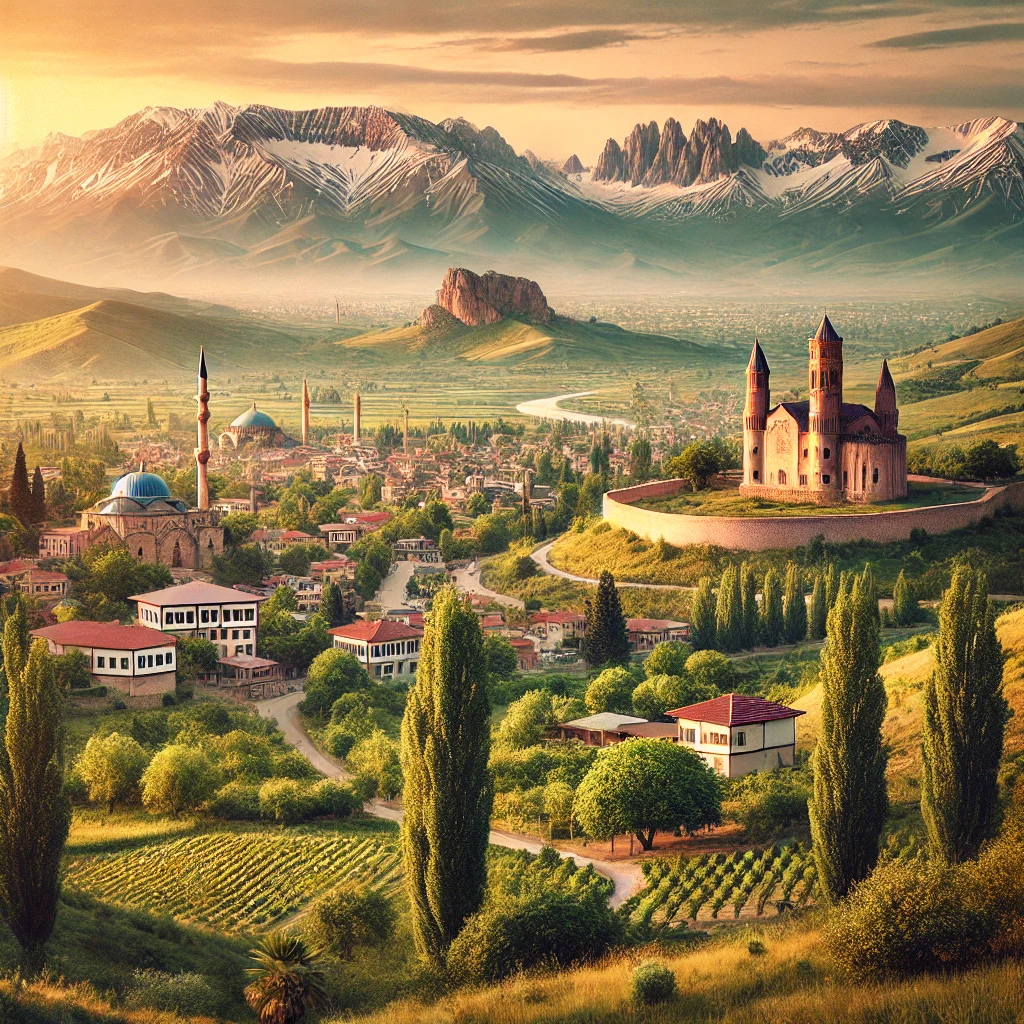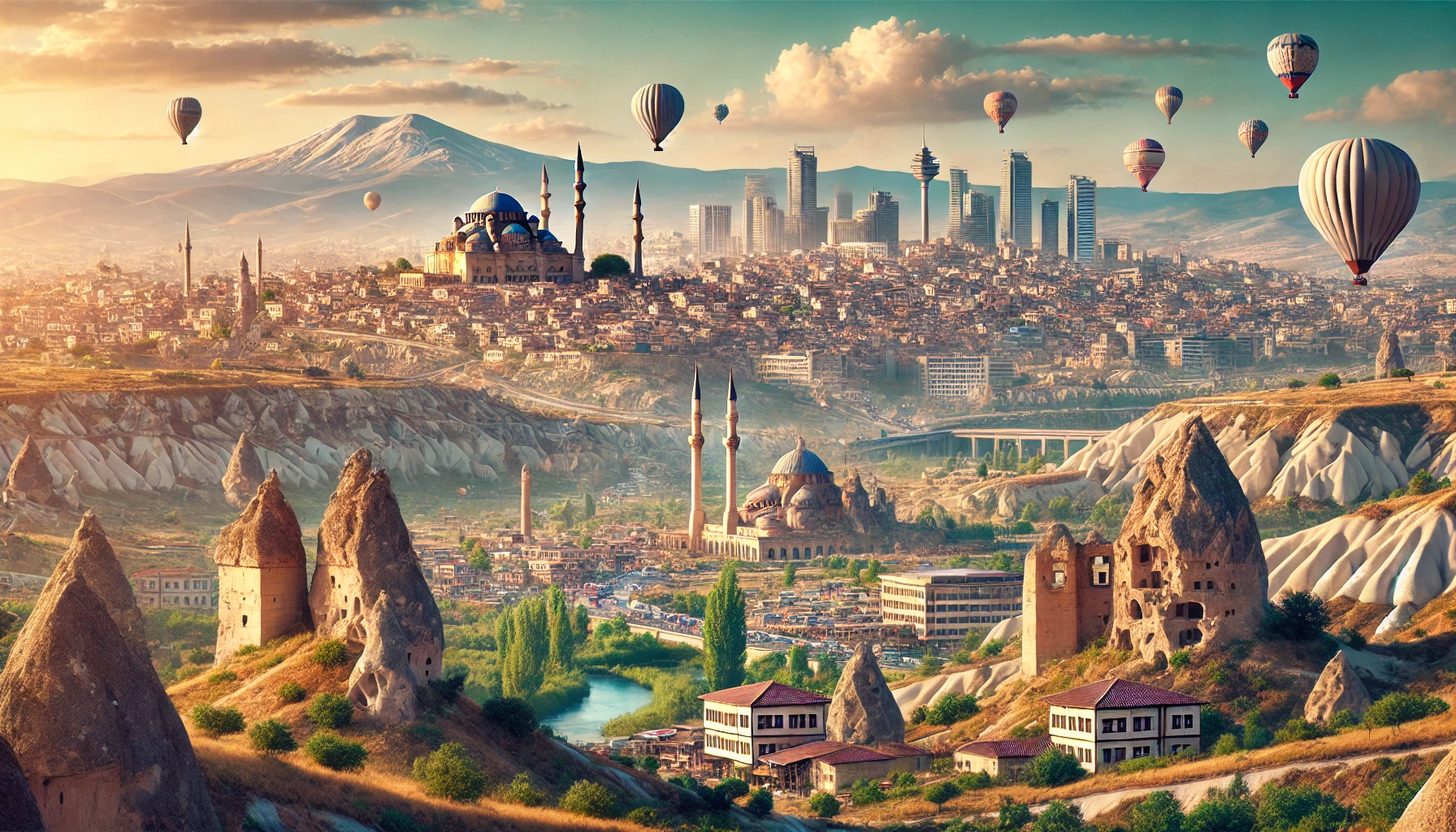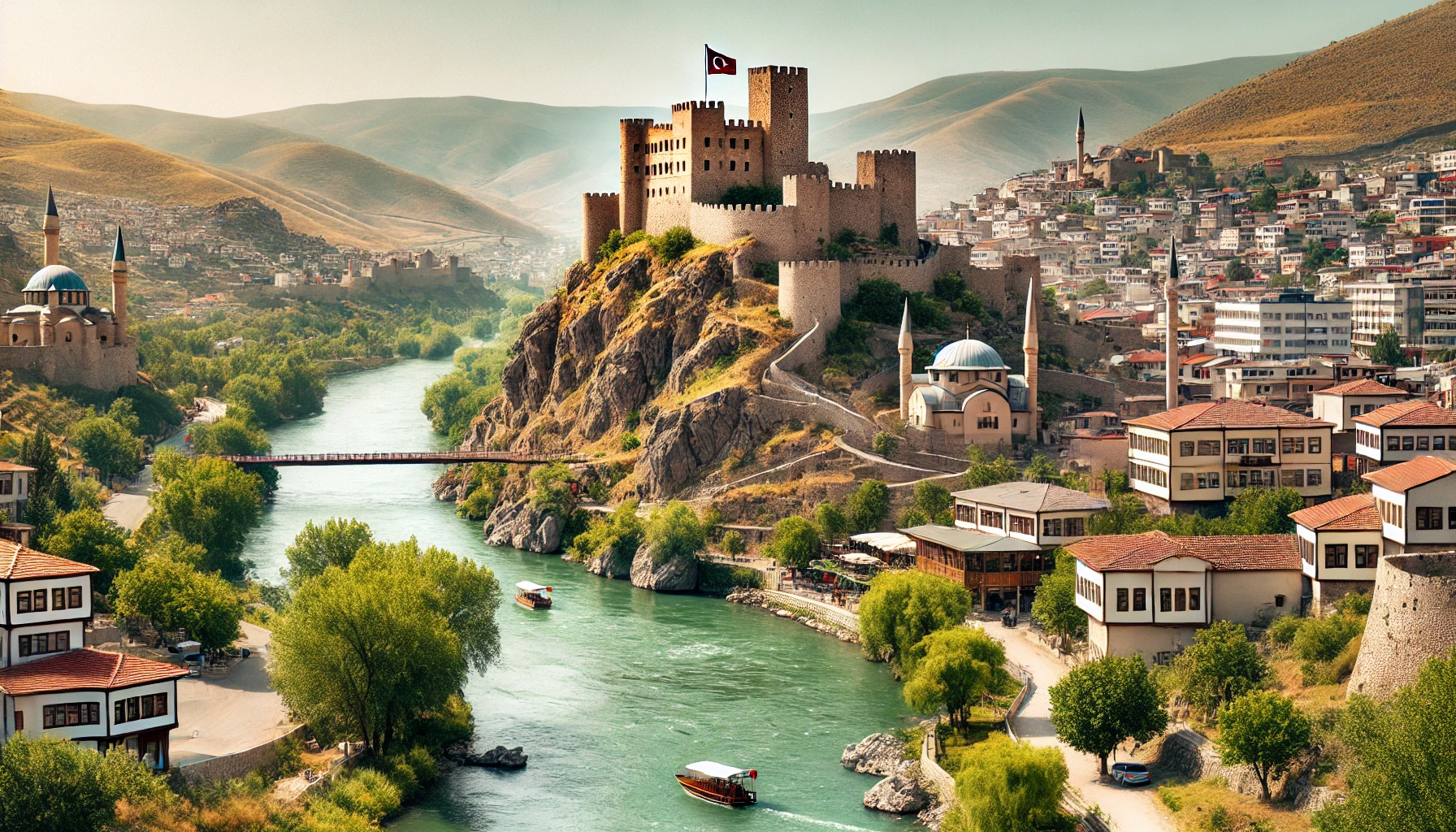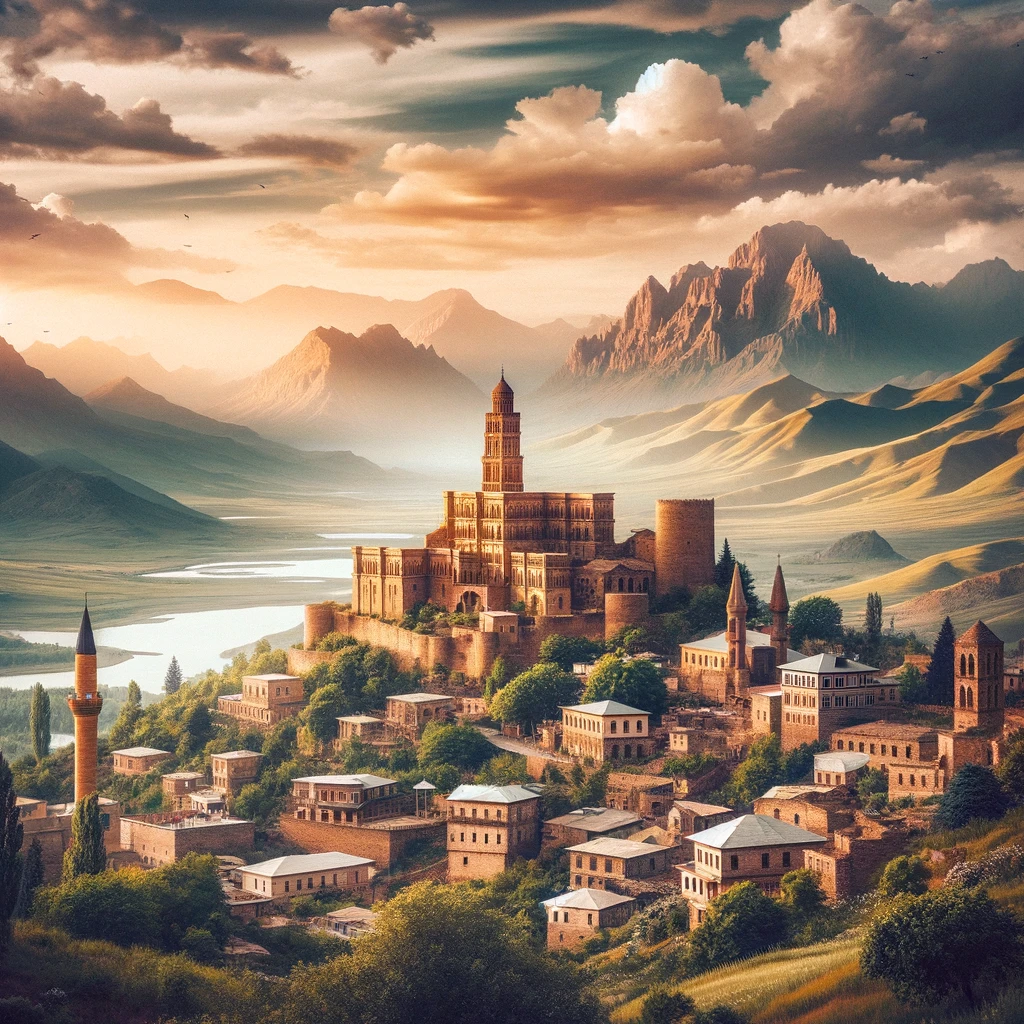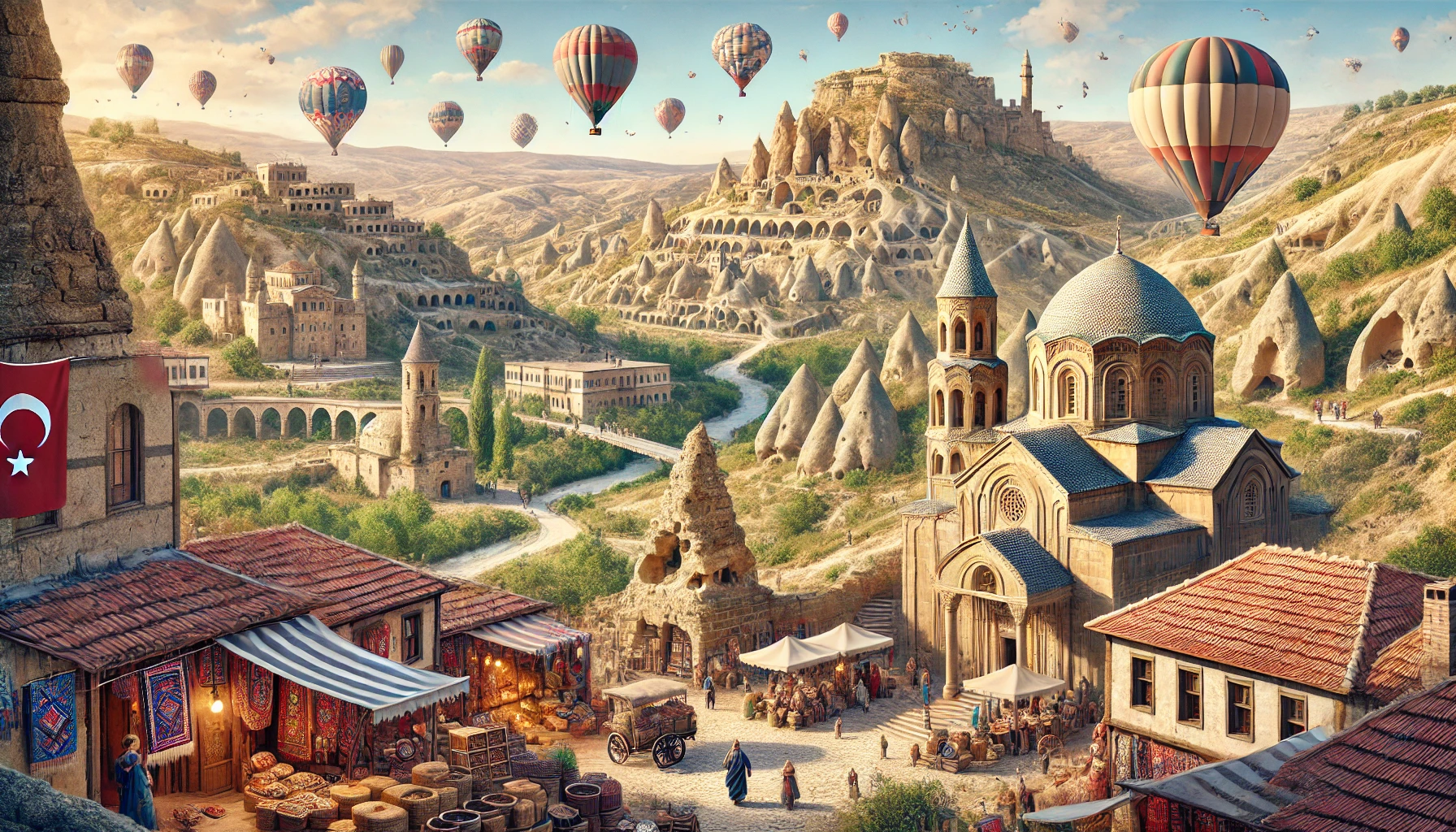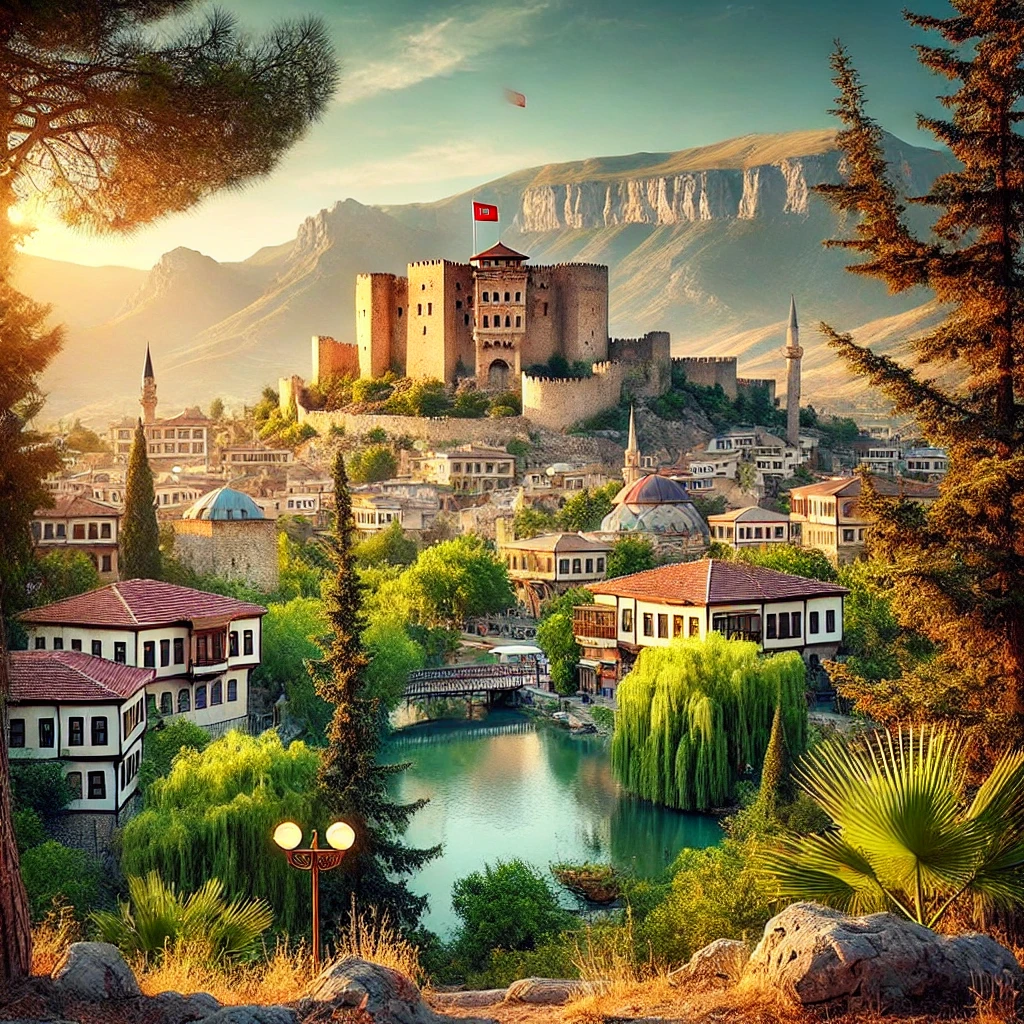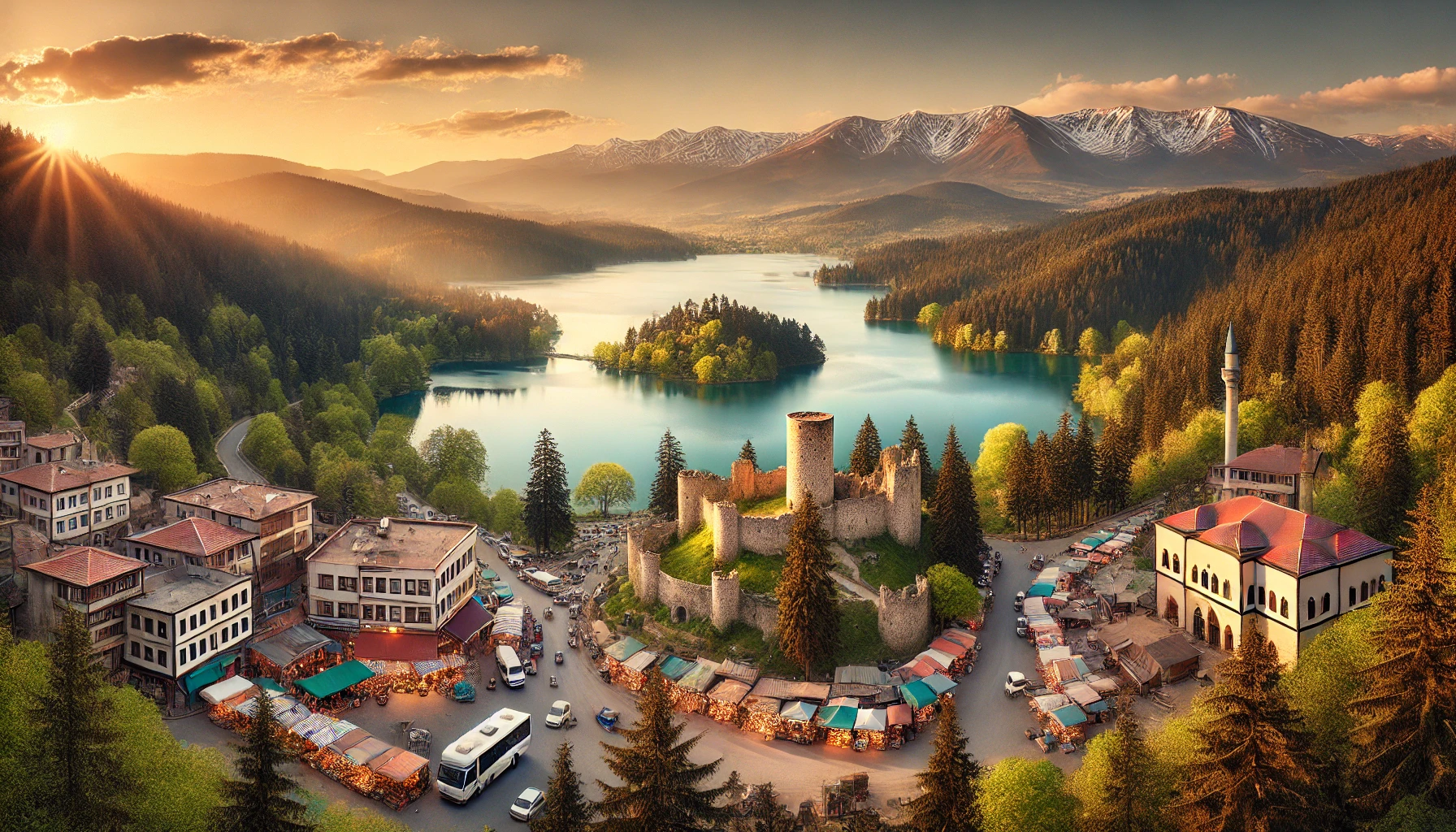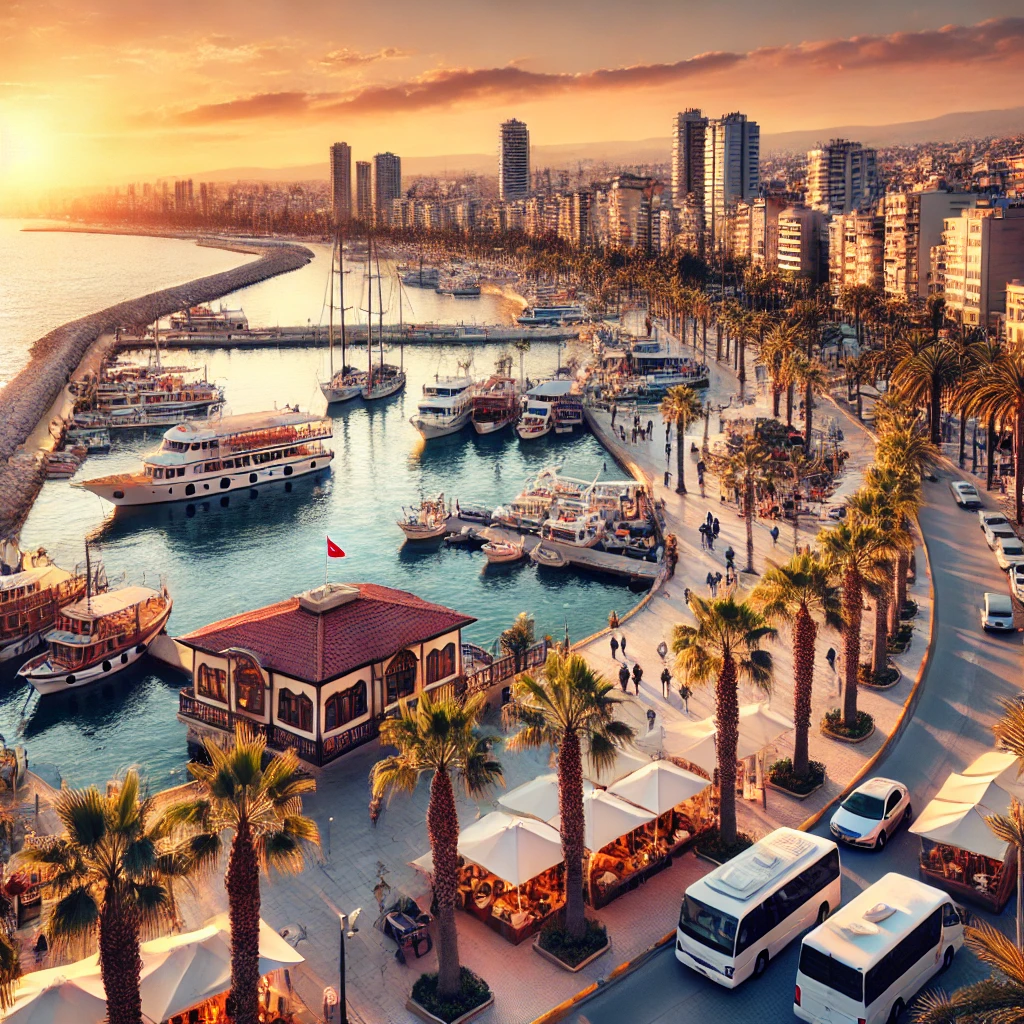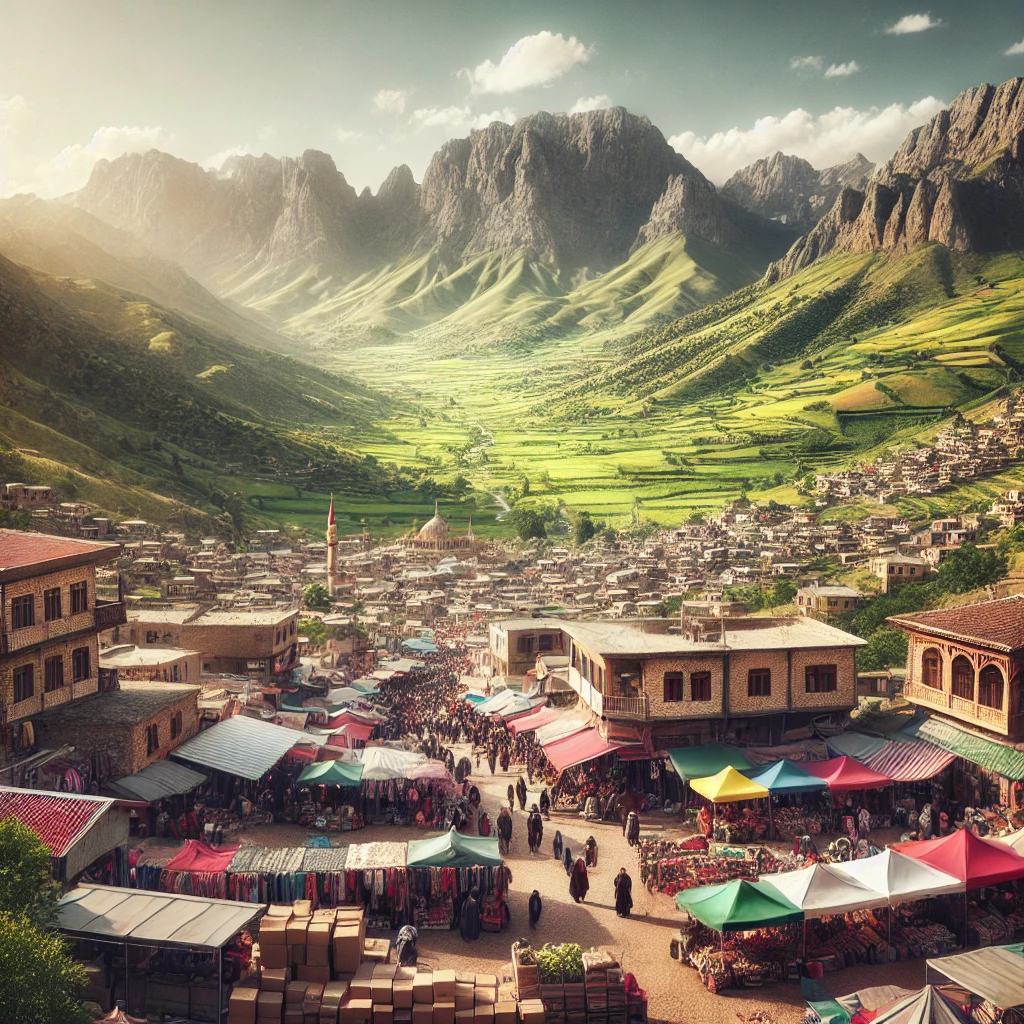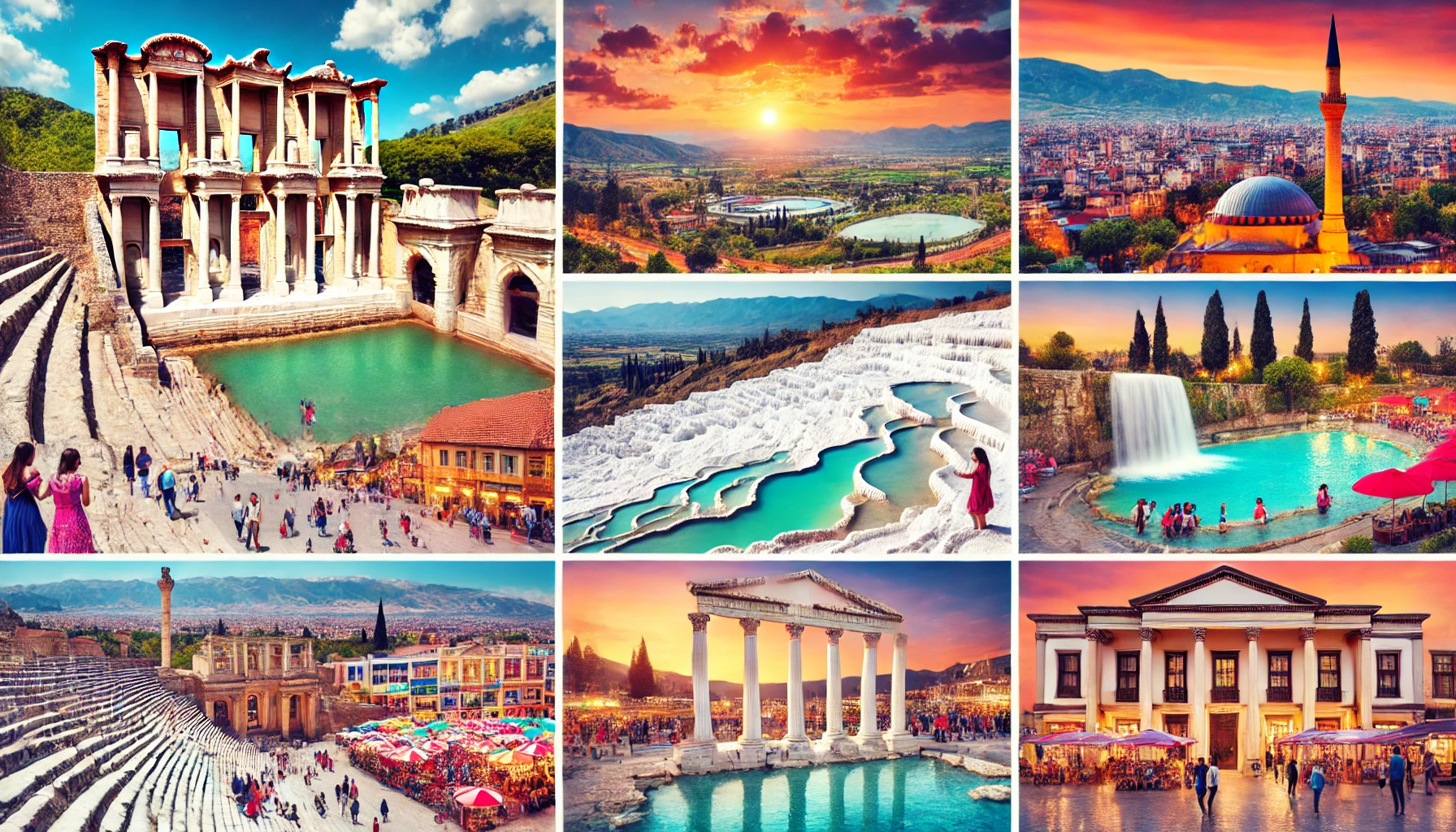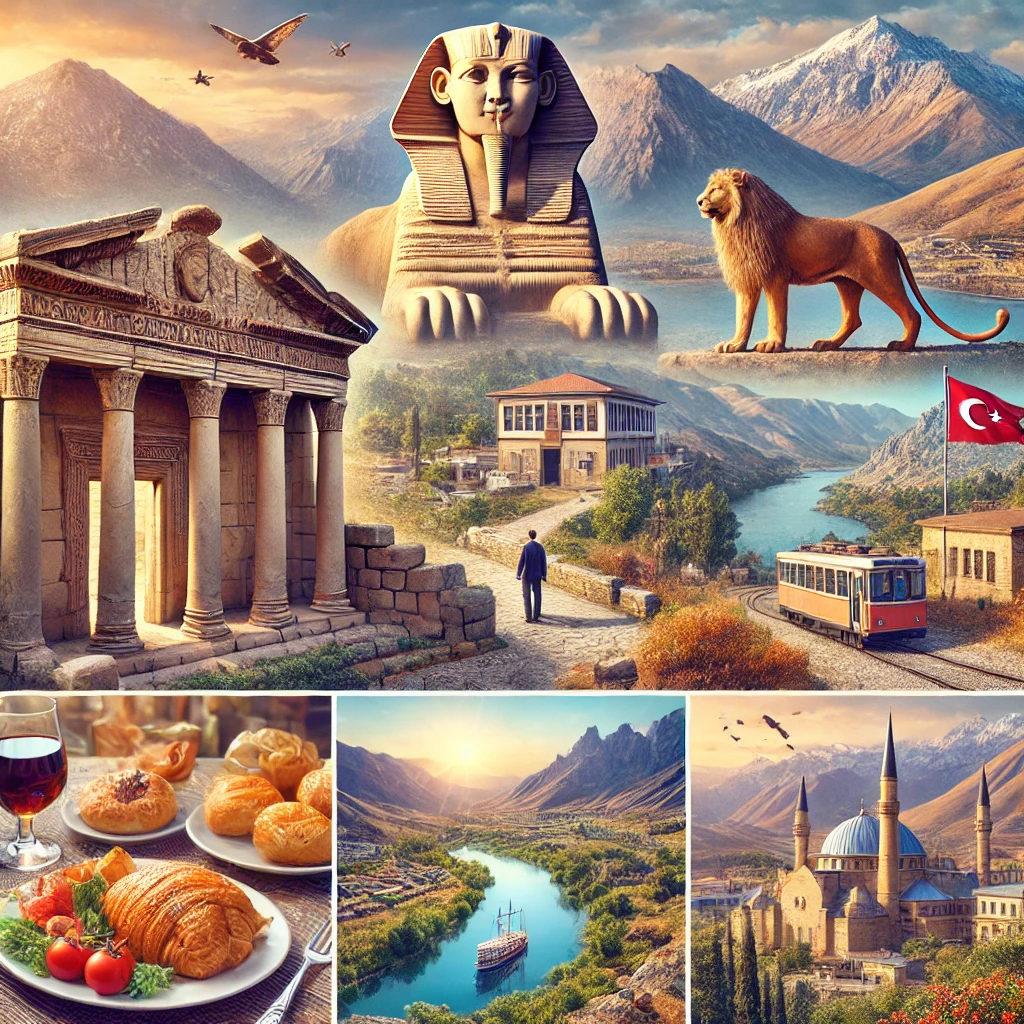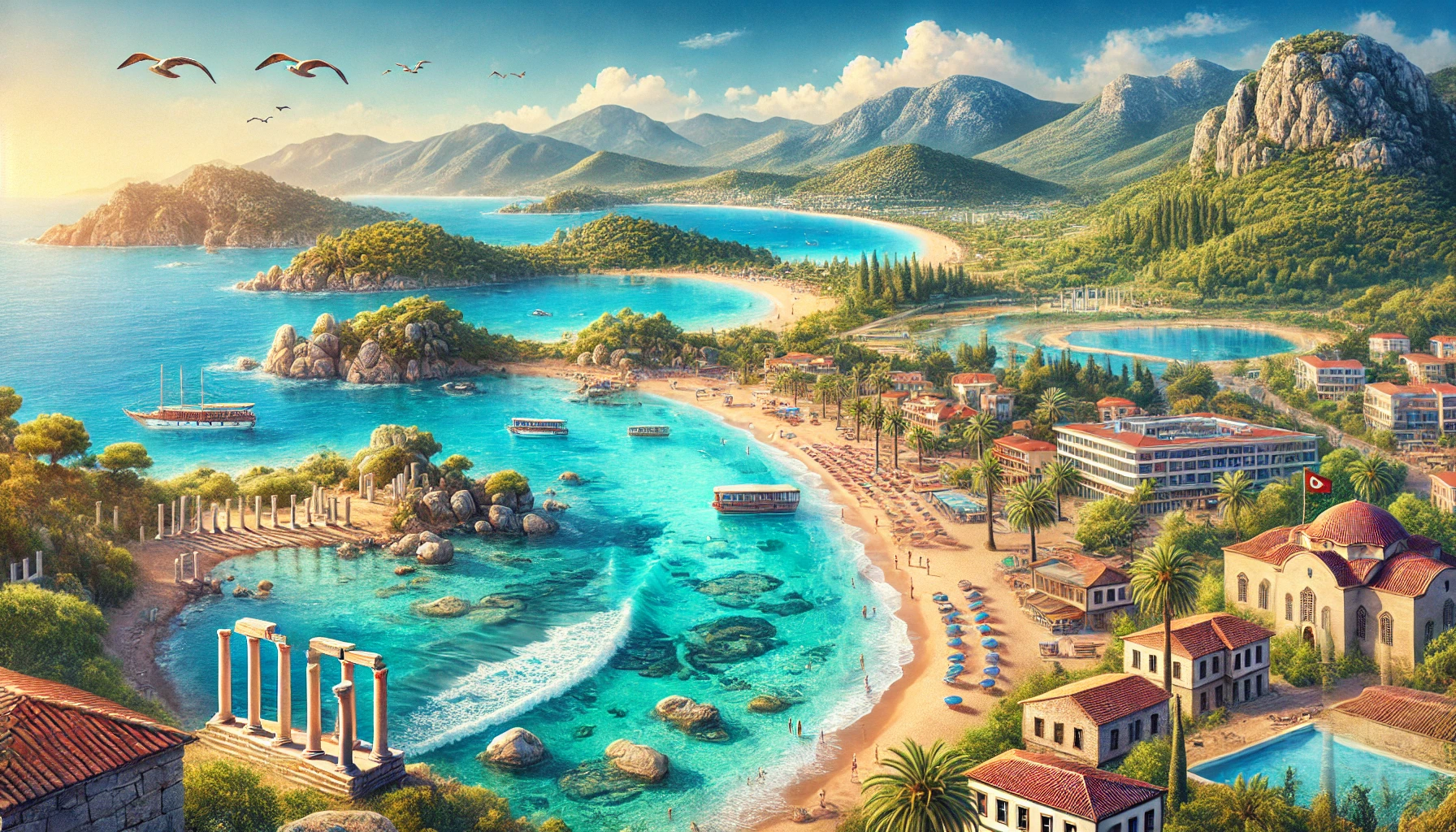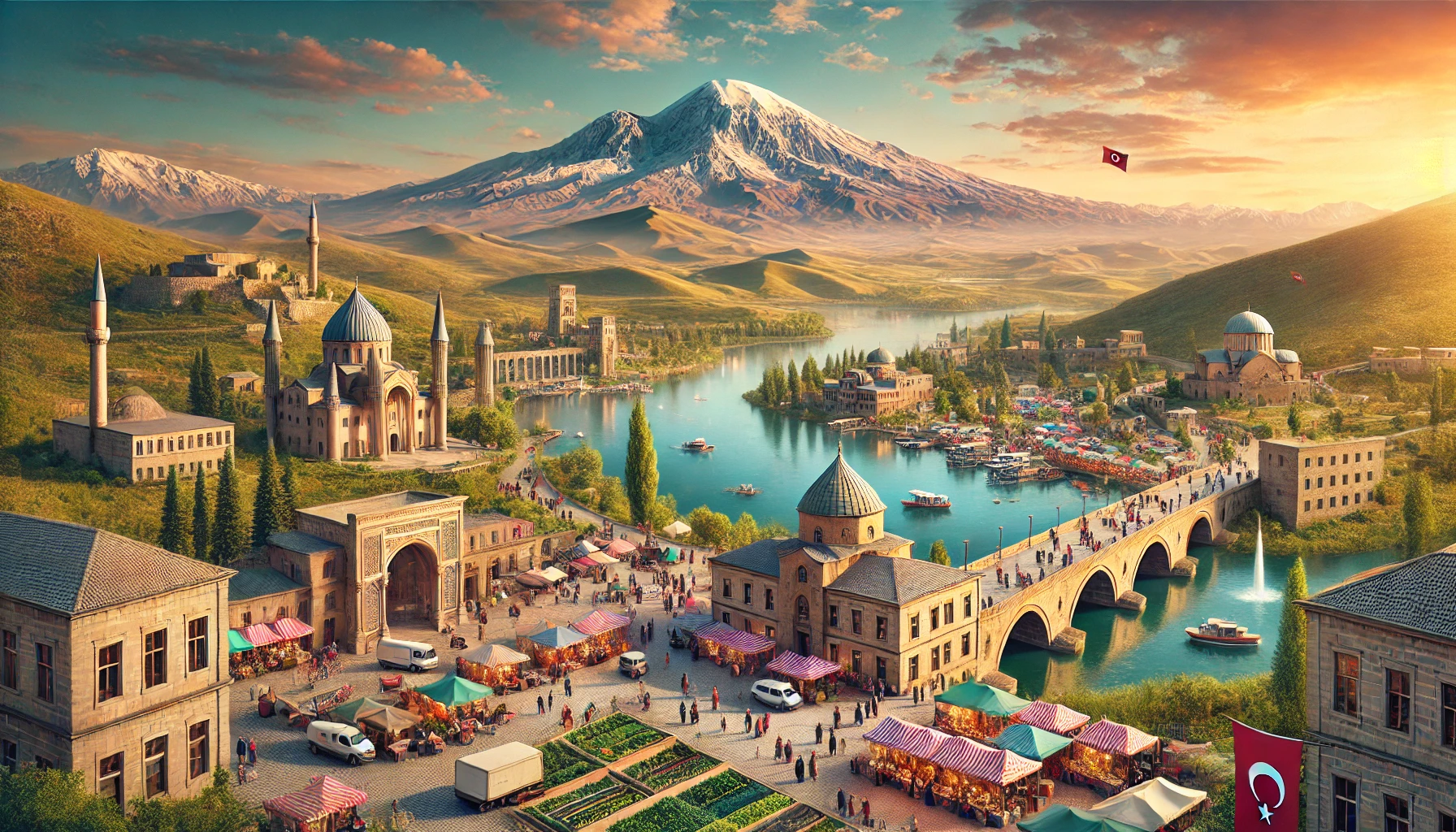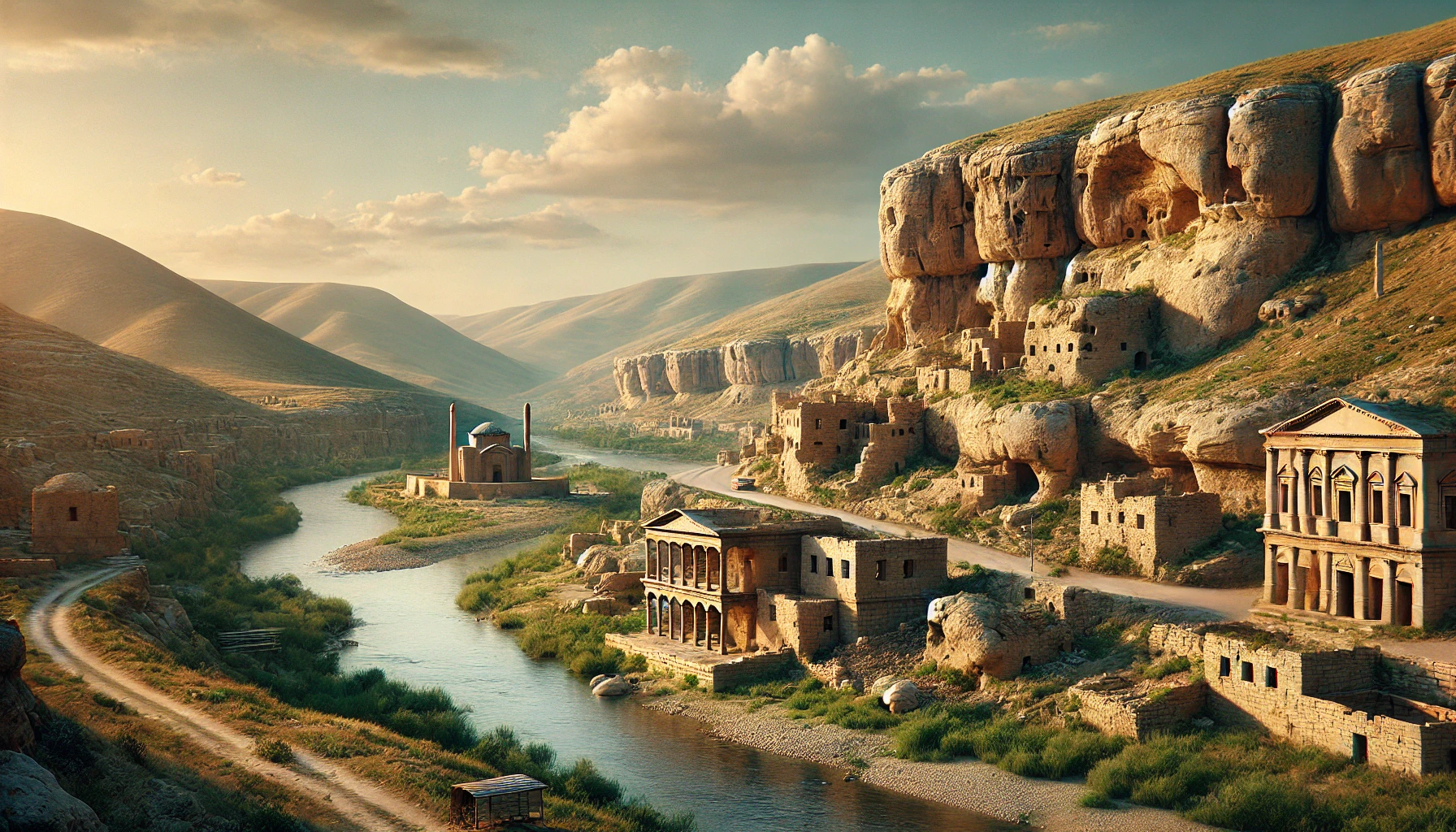Discover Sivas: A Historical and Cultural Gem in Central Turkey
Sivas, known in Latin and Greek as Sebastia, is a city in central Turkey, steeped in history and cultural significance. With a population of 365,274 as of 2022, Sivas sits at an elevation of 1,278 meters in the broad valley of the Kızılırmak River. This city has grown from its agricultural roots to become a trade center and industrial hub, making it a fascinating destination for travel enthusiasts. Join us as we explore the wonders of Sivas, from its ancient roots to its modern-day charm.
The Historical Significance of Sivas
Ancient and Medieval Eras
Sivas, originally known as Sebasteia in the Byzantine period, has a history that dates back to the Roman era. The city’s name, derived from the Greek word Sebastos, meaning “venerable” or “Augustus,” reflects its ancient significance. Founded by Pompey the Great in 64 BC, Sivas became a prominent city in the Roman province of Armenia Minor.
In the 4th century, Sivas was home to significant Christian figures like Saint Blaise and Saint Peter of Sebaste. The city was also the site of the martyrdom of the Forty Martyrs of Sebaste. Throughout the Byzantine era, Sivas remained an important religious and cultural center, further fortified by Emperor Justinian I in the 6th century.
The Seljuk and Ottoman Periods
Sivas fell to the Seljuk Turks after the Battle of Manzikert in 1071 and became an essential center of trade along the Silk Road. The Seljuk era saw the construction of impressive architectural structures, including madrasas (Islamic educational institutions), mosques, and citadels. The city later came under the rule of the Ilkhanids and then the Ottomans, becoming the administrative center of the Eyalet of Rum until the late 19th century.
During the Ottoman period, Sivas was known for its vibrant Armenian community, which played a significant role in the city’s cultural and economic life. However, the Armenian and Greek populations were tragically affected by the genocides and population exchanges in the early 20th century.
Modern History and Key Events
The Sivas Congress
One of the most pivotal moments in Turkish history occurred in Sivas with the Sivas Congress held from September 4-11, 1919. Mustafa Kemal Atatürk, the founder of modern Turkey, convened this congress, which solidified his leadership in the national resistance movement. The decisions made during this congress were instrumental in the establishment of the Turkish Republic.
The 1993 Sivas Massacre
On July 2, 1993, the Madımak Hotel in Sivas was set on fire by a mob protesting against the presence of the writer Aziz Nesin. This tragic event resulted in the deaths of 37 participants in an Alevi cultural and literary festival. The massacre highlighted the tensions between secularism and religious fanaticism in Turkey and led to a firmer stance by the government against religious extremism.
Exploring Sivas: Architectural and Cultural Highlights
Seljuk and Ottoman Architecture
Sivas boasts numerous examples of Seljuk and Ottoman architecture. The Great Mosque (Ulu Cami), built in 1197, and the Şifaiye Medrese, a medical school completed in 1218, are significant landmarks from the Seljuk period. The Buruciye Medrese, Çifte Minare Medrese, and Gök Medrese, built in the 13th century, showcase intricate Seljuk designs.
From the Ottoman era, the Kale Camii, built in 1580, and the Kurşunlu Hamamı, a historic bathhouse completed in 1576, are notable examples. The Behrampaşa Hanı, a caravanserai completed in 1573, features distinctive lion motifs.
Museums and Cultural Sites
The Atatürk Congress and Ethnography Museum is dedicated to both the Ottoman heritage of Sivas and the significant events of the Sivas Congress. The Sivas Archaeology Museum and the Madımak Science and Culture Centre also provide insights into the city’s rich history and cultural legacy.
Modern Attractions
Hükümet Square, located next to the Governor’s mansion, is the heart of modern Sivas. This area is home to high-end hotels, restaurants, and shops, making it a vibrant part of the city. The city’s thermal springs, such as Sıcak Çermik, Soğuk Çermik, and Kangal Balıklı Kaplıca, are renowned for their healing properties and attract many visitors.
The Economy and Modern Development
Economic Activities
Historically, Sivas’s economy was based on agriculture, particularly cereal production. Today, the city has diversified into various industries, including rail repair, rug manufacturing, and the production of bricks, cement, and textiles. The city’s strategic location makes it a crucial communication hub for trade routes to Iraq and Iran.
Infrastructure and Transportation
With the development of railways, Sivas gained new economic importance as a junction linking major cities like Ankara, Kayseri, Samsun, and Erzurum. The city is also connected by air to Istanbul and İzmir, enhancing its accessibility.
Demographics and Cultural Diversity
Population Growth
Sivas has experienced significant demographic changes over the centuries. From a small settlement in the mid-19th century, the city’s population grew to 45,000 by 1914, with a mix of Armenians, Turks, and Greeks. The population dynamics shifted dramatically during the early 20th century due to genocides and population exchanges. Today, Sivas is home to a diverse population, primarily composed of Turks, with smaller Kurdish and Armenian communities.
Cultural Festivals and Cuisine
Sivas hosts various cultural festivals celebrating its rich heritage. The city’s cuisine is renowned for its unique dishes, such as tarhana (a soup made with sour yogurt), kelecos (a sour potato soup), and katmer (a flaky pastry). The use of local herbs like madimak in cooking adds a distinct flavor to Sivas’s culinary offerings.
Climate and Natural Beauty
Climate
Sivas has a humid continental climate, with warm, dry summers and cold, snowy winters. The city experiences its highest rainfall in April and May, while July and August are the driest months. The city’s climate contributes to its scenic landscapes and diverse flora.
Natural Attractions
The picturesque valley of the Kızılırmak River and the surrounding mountains provide stunning natural vistas. The thermal springs in Sivas are another highlight, offering relaxing and therapeutic experiences for visitors.
Conclusion
Sivas, with its rich historical heritage, diverse culture, and natural beauty, is a hidden gem in central Turkey. From its ancient roots and significant historical events to its modern attractions and vibrant cultural life, Sivas offers a unique travel experience. Whether exploring its architectural marvels, enjoying its thermal springs, or savoring its local cuisine, Sivas promises an unforgettable journey.
Discover more about Sivas and plan your visit by exploring resources and guides available at visitturkey.in. Travel Turkey and uncover the treasures of Sivas!
Serene Lakes in Sivas
Latest Update: Aug 18, 2024
Your Content Goes Here
TAGS: ancient city Sivas, Ottoman Sivas, Sivas, Sivas archaeological sites, Sivas culture, Sivas education, Sivas festivals, Sivas history, Sivas landscapes, Sivas local cuisine, Sivas museums, Sivas natural beauty, Sivas tourism, Sivas transport, Sivas travel guide, Sivas Turkey, travel Sivas, visit Sivas
The Region of Sivas
A brief summary of the key points in this article.
Latest Travel Guides
Weather Today in Sivas, Turkey
Location: Sivas Province
Temperature: 2.64°C
Condition: Broken clouds

